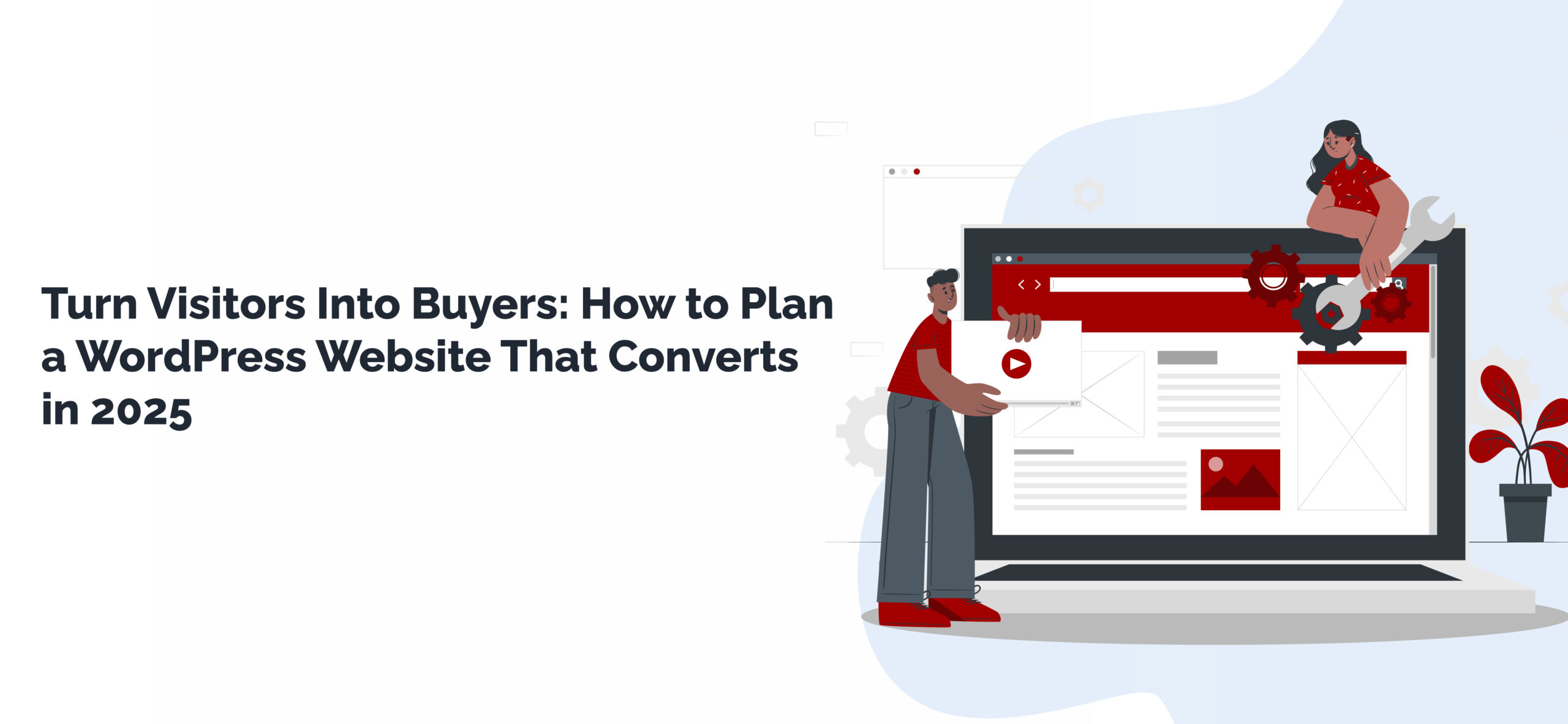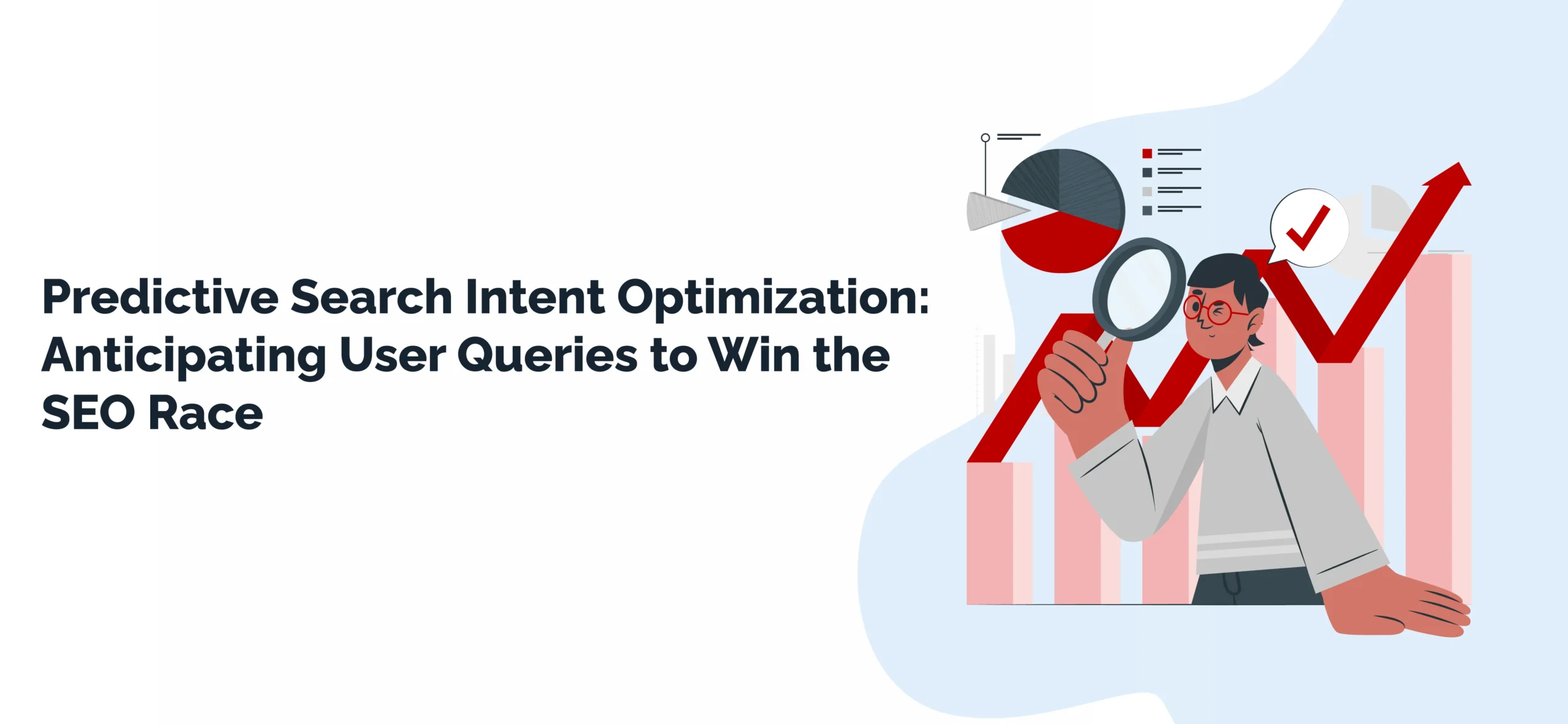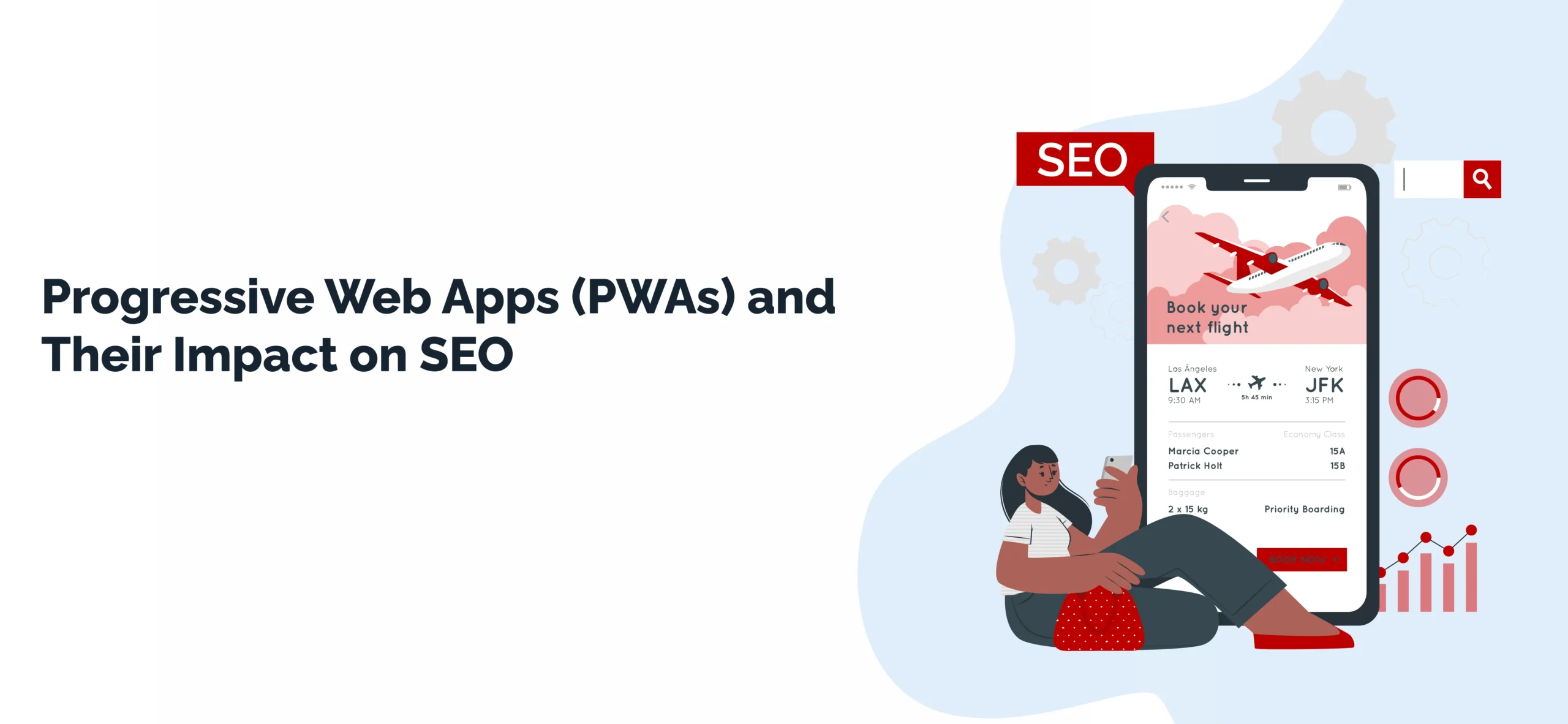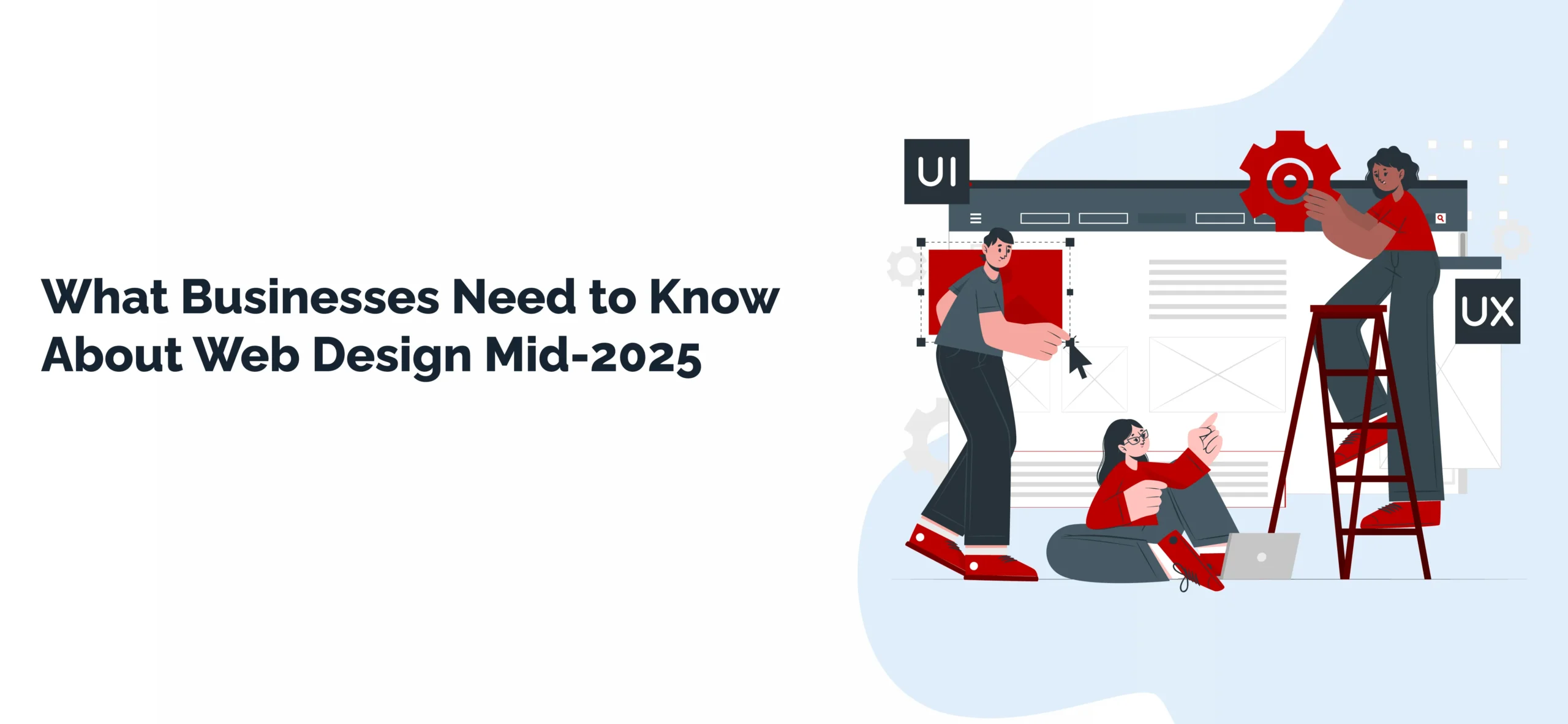WordPress powers over 43% of all websites for a reason. It’s flexible, scalable, and SEO-friendly. But what separates a generic WordPress site from a performance powerhouse that converts visitors into leads, sales, or subscribers? The difference is in the planning.
Building a successful WordPress website is more than choosing a theme and hitting publish. It’s about constructing a digital foundation rooted in strategy, user experience, and long-term visibility. Without a plan, even the most beautifully designed site becomes a liability—slow, disorganized, and invisible to search engines.
This comprehensive blueprint dives deep into the planning process for a modern WordPress site—from strategy and structure to SEO and scalability—helping you avoid costly mistakes and launch a site built for growth.
Start With Purpose: Define Why Your WordPress Site Exists
Every WordPress project should start with a clearly defined purpose. A portfolio site for a designer won’t follow the same structure as a B2B SaaS product, and an online store selling handmade jewelry won’t have the same needs as a blog monetized through affiliate links.
Ask yourself:
- What does success look like for this website?
- Who is the primary audience?
- What action do I want visitors to take?
When you have clarity on these answers, you can build a site that aligns every design decision and feature with a defined business objective. This early alignment ensures the entire project stays on track, from homepage layout to plugin selection.
Research Before You Write Code: The Planning Mindset
Jumping straight into development is tempting—but it’s also where most projects go wrong. Before touching WordPress, spend time researching:
- Your audience’s behavior, devices, and search intent
- Keyword opportunities and semantic content gaps
- Competitor UX/UI patterns, SEO structure, and content hierarchy
Planning from the lens of both your user and search engines helps you build a WordPress site that resonates with visitors and ranks on Google. This dual focus sets the foundation for future growth, whether your goal is organic traffic, lead generation, or brand authority.
Structure Your WordPress Site for SEO and Scalability
Site architecture is one of the most overlooked but critical parts of WordPress planning. A flat structure with every page one click from the homepage might seem ideal, but it can dilute topical authority and confuse both users and crawlers.
Instead, organize content using a hub-and-spoke model.
Let’s say you’re building a site around “digital marketing.” The homepage introduces the topic broadly. Subpages dive into SEO, PPC, email marketing, and analytics. Each of these subpages contains further blog posts or guides supporting that pillar.
This structure does three things exceptionally well:
- Helps users easily find relevant content.
- Allows internal linking to support SEO.
- Signals to Google that you’re an authority in the niche.
Planning your content this way before development ensures you don’t scramble to retro-fit structure later.
Choose a WordPress Theme with Performance and Flexibility in Mind
Your WordPress theme isn’t just a design choice. It impacts load time, mobile responsiveness, and Core Web Vitals, which now directly affect your rankings.
Avoid bloated themes filled with features you don’t need. Instead, choose lightweight, customizable themes built with performance in mind. Themes like GeneratePress, Astra, or Kadence offer modern design flexibility without sacrificing speed.
Also, consider long-term adaptability. Can the theme scale with your content? Does it play well with page builders like Gutenberg or Elementor? Is it regularly updated and secure?
Your theme should serve as a foundation, not a limitation.
Map Out Every Page with Strategic Intent
Each page on your WordPress site should serve a purpose, whether it’s educating, selling, or converting.
Start by listing out the essential pages:
- Homepage
- About Page
- Services or Product Pages
- Contact Page
- Blog
- FAQs
Then, expand into strategic supporting content. For instance, your service page could branch into multiple niche-specific solutions. If you’re a digital agency, don’t settle for one “services” page. Break it into detailed subpages like “SEO Strategy,” “Paid Advertising,” “Analytics Reporting,” and more.
This planning process helps you:
- Target more keyword variations
- Improve on-page SEO through focused content
- Avoid cluttered or generic pages that underperform
Each page should target a distinct intent and keyword group while contributing to the larger content ecosystem.
Write for Search Intent, Not Just Keywords
Modern SEO is all about matching content to searcher intent. Google understands the context behind queries—so should your content.
Instead of unthinkingly targeting “best WordPress themes,” understand why someone searches for that. Are they a beginner? A developer? An eCommerce store owner?
Your job is to build content that answers the why behind the search, not just the what. Use keyword research tools not just for volume, but for intent mapping.
In WordPress planning, this directly affects:
- Page headlines and metadata
- Calls-to-action
- Internal linking
- Content tone and depth
A WordPress blog post answering “how to speed up my WordPress site” should not only mention caching plugins. It should explain performance metrics, image compression, lazy loading, and hosting considerations.
Prioritize Mobile-First, Conversion-Driven Design
More than half of web traffic now comes from mobile. Your WordPress design must be responsive, not as an afterthought, but from the first wireframe.
Start by planning for touch-friendly navigation, collapsible menus, large tap targets, and readable fonts. Also, consider load times—mobile users bounce fast if your site takes more than 3 seconds to load.
But don’t stop at responsive design. Plan for conversion pathways across all devices. That includes:
- Clear CTA buttons above the fold
- Persistent navigation or contact buttons
- Fast-loading lead generation forms
- Testimonials and trust badges near decision points
Your site isn’t just a brochure—it’s a conversion tool.
Think Like Google: Technical SEO from the Ground Up
A WordPress site that looks good but can’t be crawled, indexed, or loaded quickly is destined to underperform.
Integrate technical SEO into your site plan:
- Set up your permalink structure (use /services/seo-consulting/ not /?p=123)
- Install and configure an SEO plugin (Yoast, Rank Math)
- Use alt text on all images and compress them before upload
- Implement schema markup for key content (FAQ, articles, events, reviews)
- Pre-plan XML sitemaps and robots.txt configuration
If your site is content-heavy or serves multiple regions, consider implementing a content delivery network (CDN) or multilingual SEO setup.
Planning for technical SEO at the start saves time and avoids costly fixes after launch.
Plan for Content Expansion: Think Beyond Launch
A WordPress website is not a one-and-done project; it’s a growing digital asset. Every plan should include a content calendar and publishing strategy that aligns with your SEO and business goals.
Consider:
- Which evergreen pages can be expanded into pillar pages?
- What blog categories will you focus on?
- How frequently will new content be published?
- Who will be responsible for content quality and updates?
Establish guidelines for tone, formatting, internal linking, and metadata. This makes it easier to scale your content without losing brand consistency or SEO integrity.
A well-planned WordPress site supports publishing, not hinders it.
Build With Speed and Security in Mind
A fast site is not just a luxury, it’s a necessity. Google has made it clear: page speed affects rankings, conversions, and user satisfaction.
Start with solid hosting. Managed WordPress hosting (like Kinsta or SiteGround) typically offers better speed, uptime, and support than budget shared hosting.
Integrate caching from day one—either through server-level caching or with tools like WP Rocket. Plan to lazy-load media and use modern image formats like WebP.
On the security front, configure SSL before launch, install a trusted security plugin (Wordfence or Sucuri), and set up daily backups and version control.
A secure, fast site builds trust and retains visitors—two key metrics in both UX and SEO.
Future-Proof Your Site With Modularity and Flexibility
Your business will grow, and so should your site. Don’t box yourself in with hardcoded layouts or plugins that break with every update.
Plan for growth by:
- Using custom post types for content that needs regular expansion (e.g., case studies, locations, testimonials)
- Avoiding vendor lock-in with proprietary builders or unsupported themes
- Keeping plugin count lean, only use what’s necessary and supported
Scalability should be part of the blueprint, not a problem to fix later.
Build a Lead Engine, Not Just a Website
At some point, you’ll want your WordPress site to bring in leads. Whether that’s through newsletter signups, form fills, bookings, or product purchases, lead generation must be built into the core of your site.
Design your contact page to convert, not just inform. Use conditional logic on forms, integrate live chat or chatbots where appropriate, and make CTAs visible and enticing across the site.
Track everything, set up goals in Google Analytics 4, configure event tracking, and regularly review performance. This helps you refine your strategy and continually improve.
Choosing the Right WordPress Development Partner
Your planning efforts will only take you so far without the right execution team. That’s where partnering with experts makes a difference.
At NJ Tech Pioneers, we offer WordPress development services that go beyond design. We combine strategy, SEO, speed optimization, and programmatic scalability to deliver results. Whether you’re starting from scratch or migrating from another CMS, our approach ensures you launch a site that’s beautiful, fast, and built to perform.
We don’t just build websites. We build high-converting digital platforms that grow with your business.
Conclusion: Strategy is the Foundation of Success
Launching a WordPress site without a strategy is like launching a business without a plan. You might get lucky, but more often, you’ll burn time, money, and opportunities.
Every successful WordPress project starts with planning. From defining goals to structuring content, from technical foundations to conversion pathways, every decision matters.
By thinking like a strategist, optimizing like an SEO, and building like a developer, you create not just a website but a competitive advantage.





